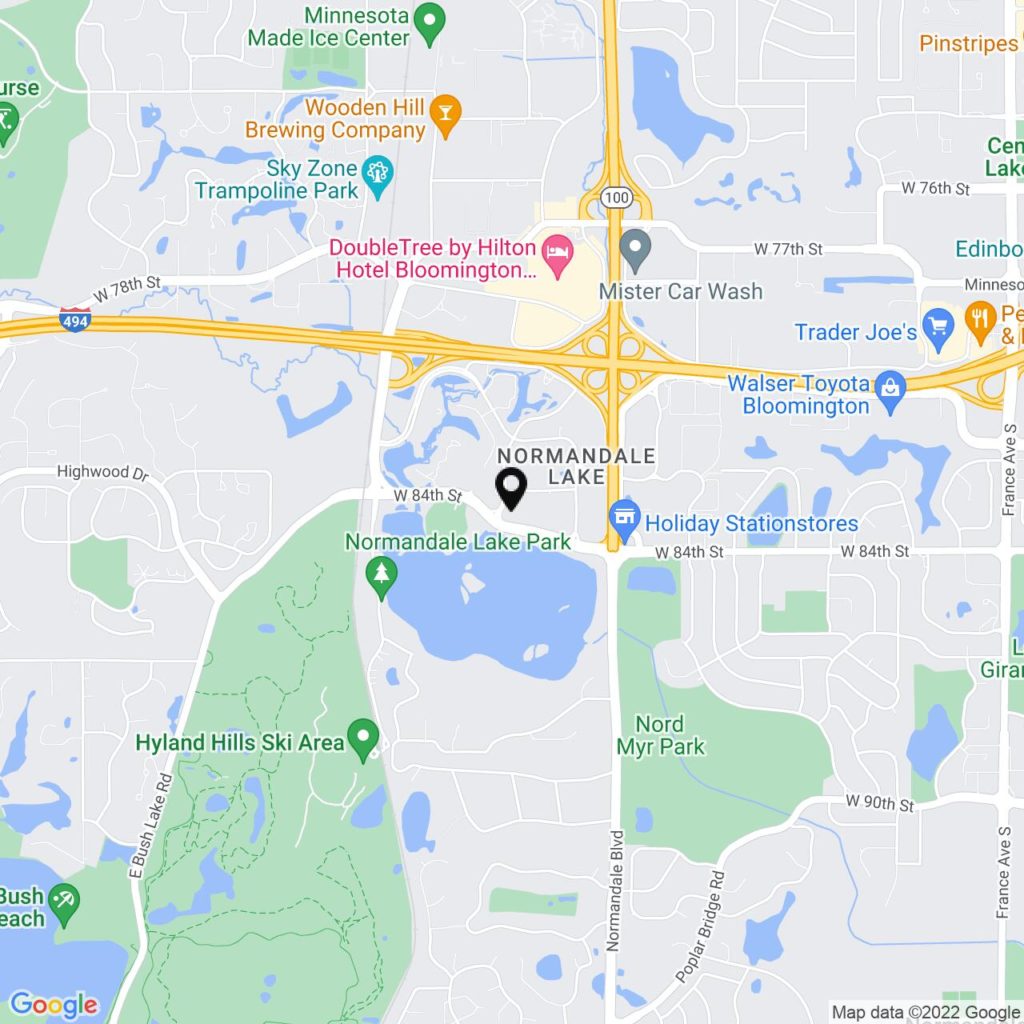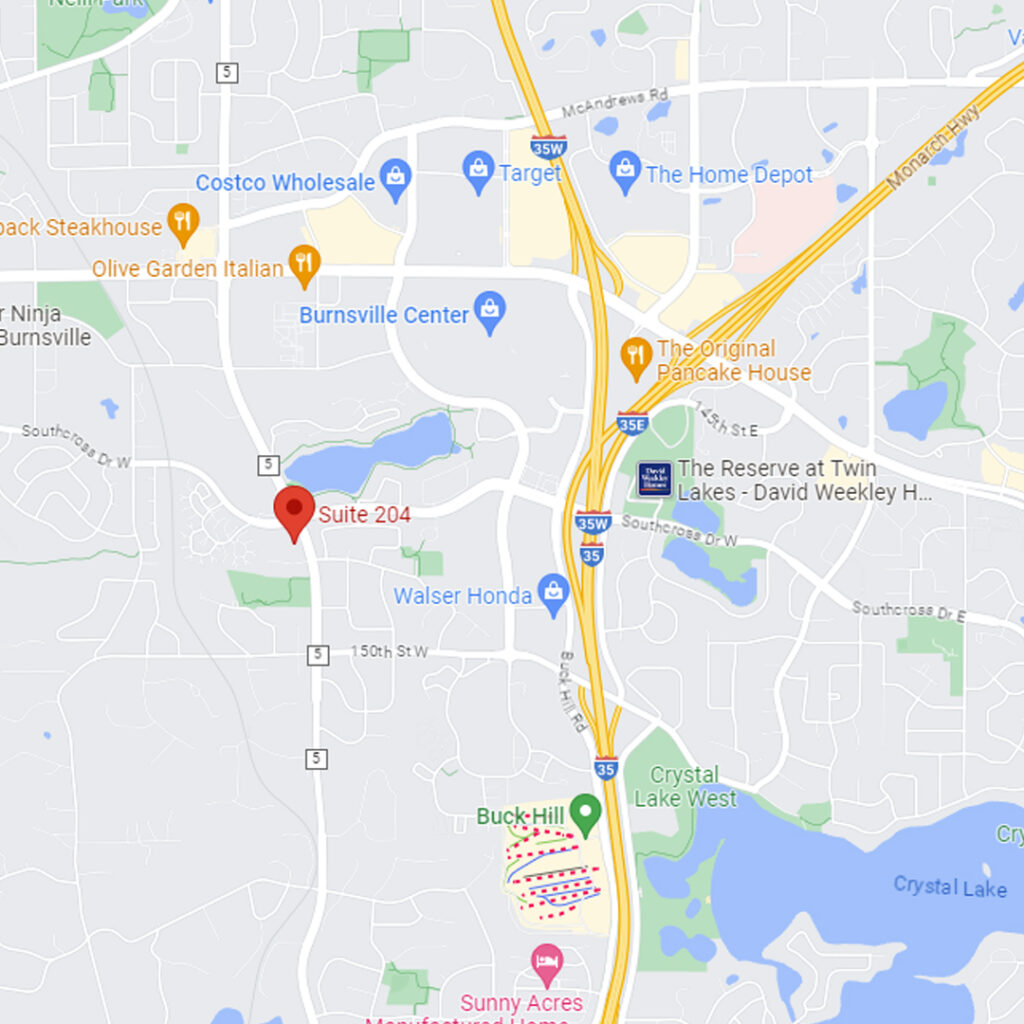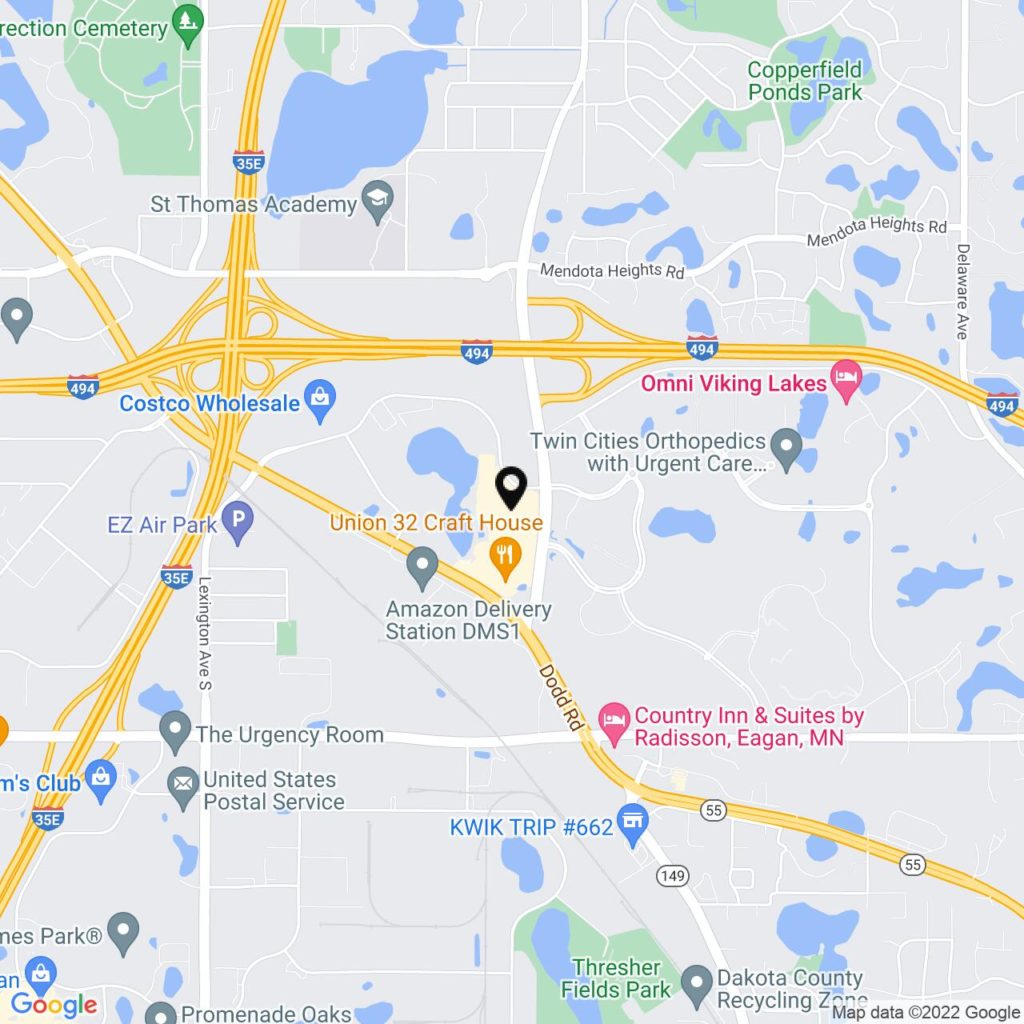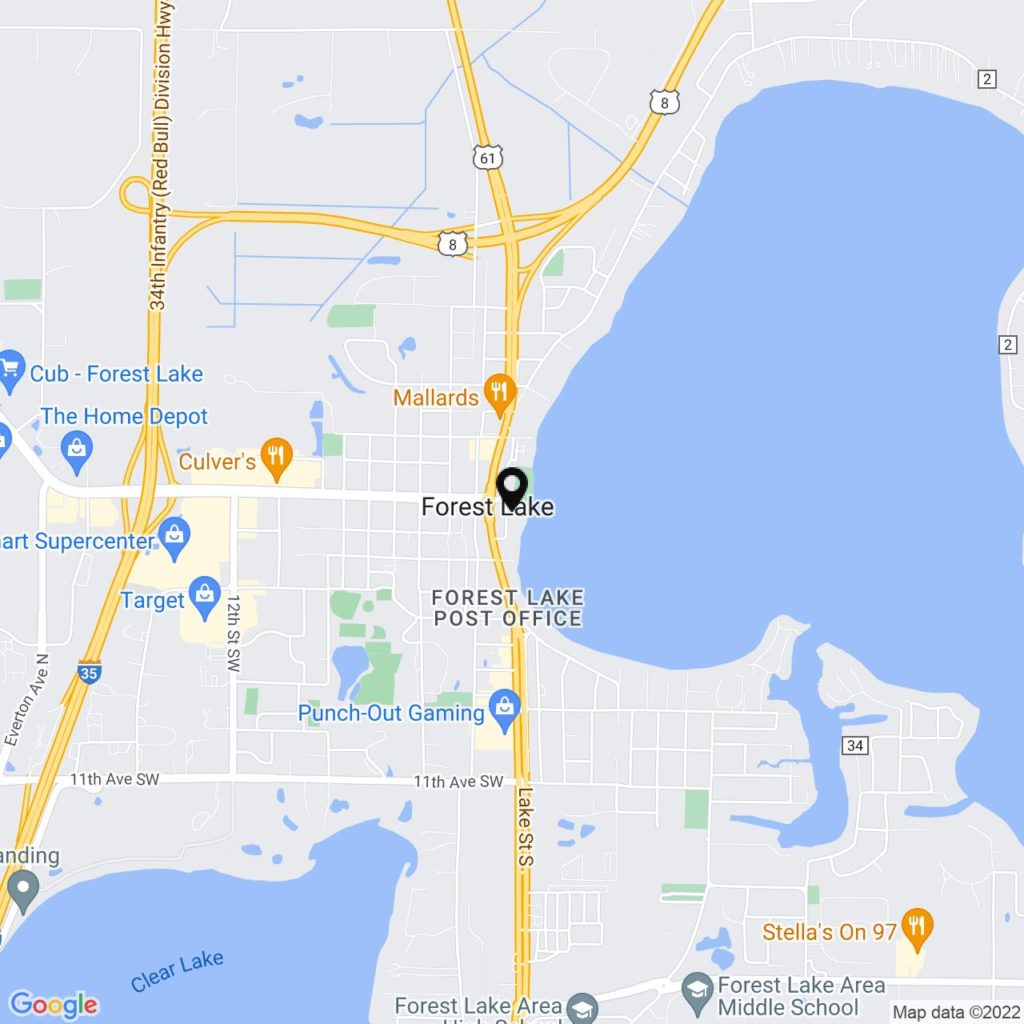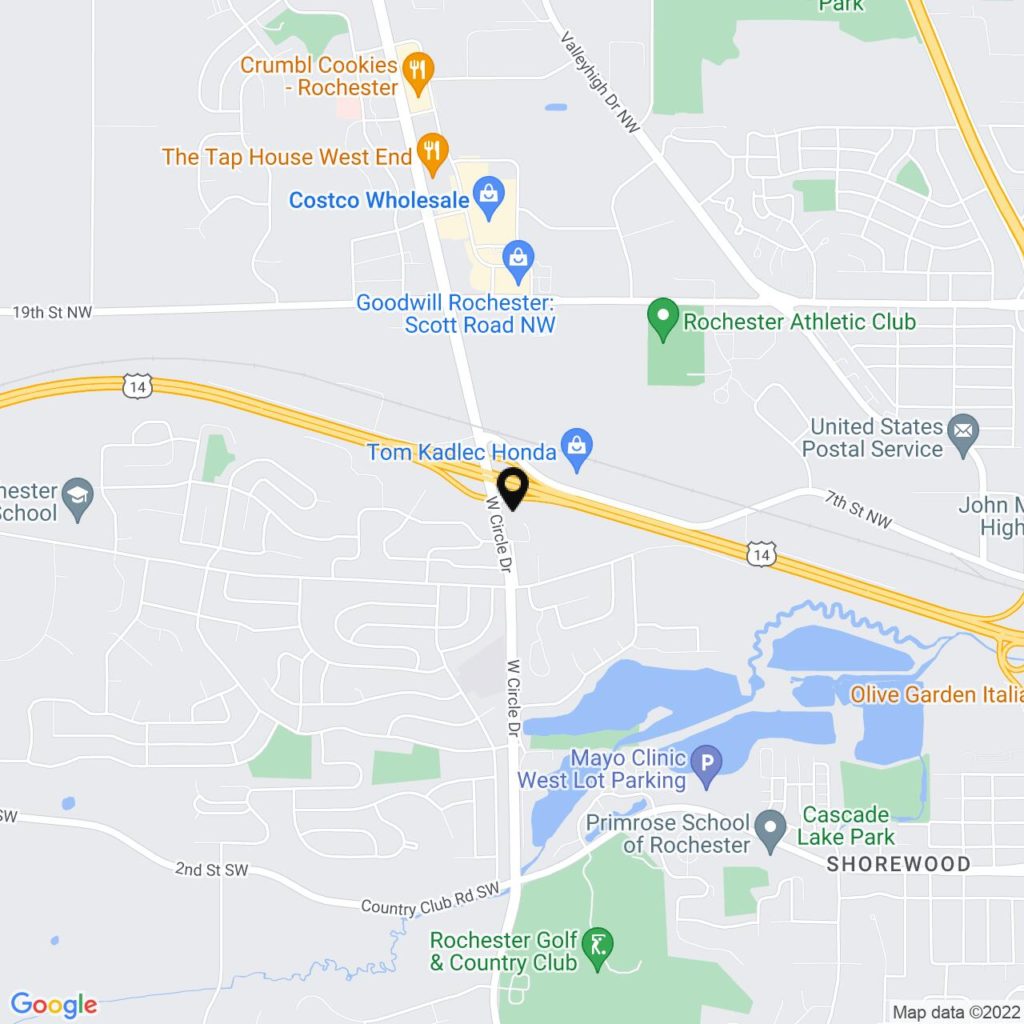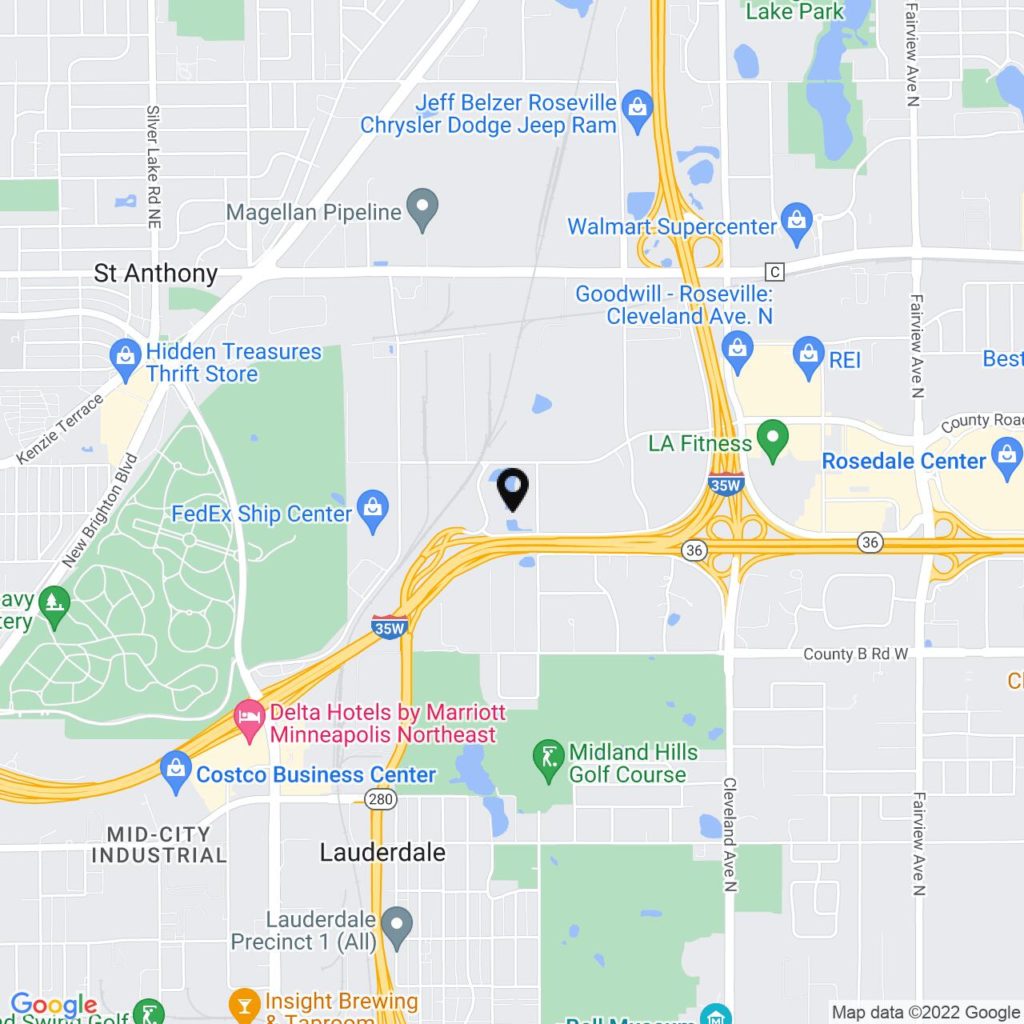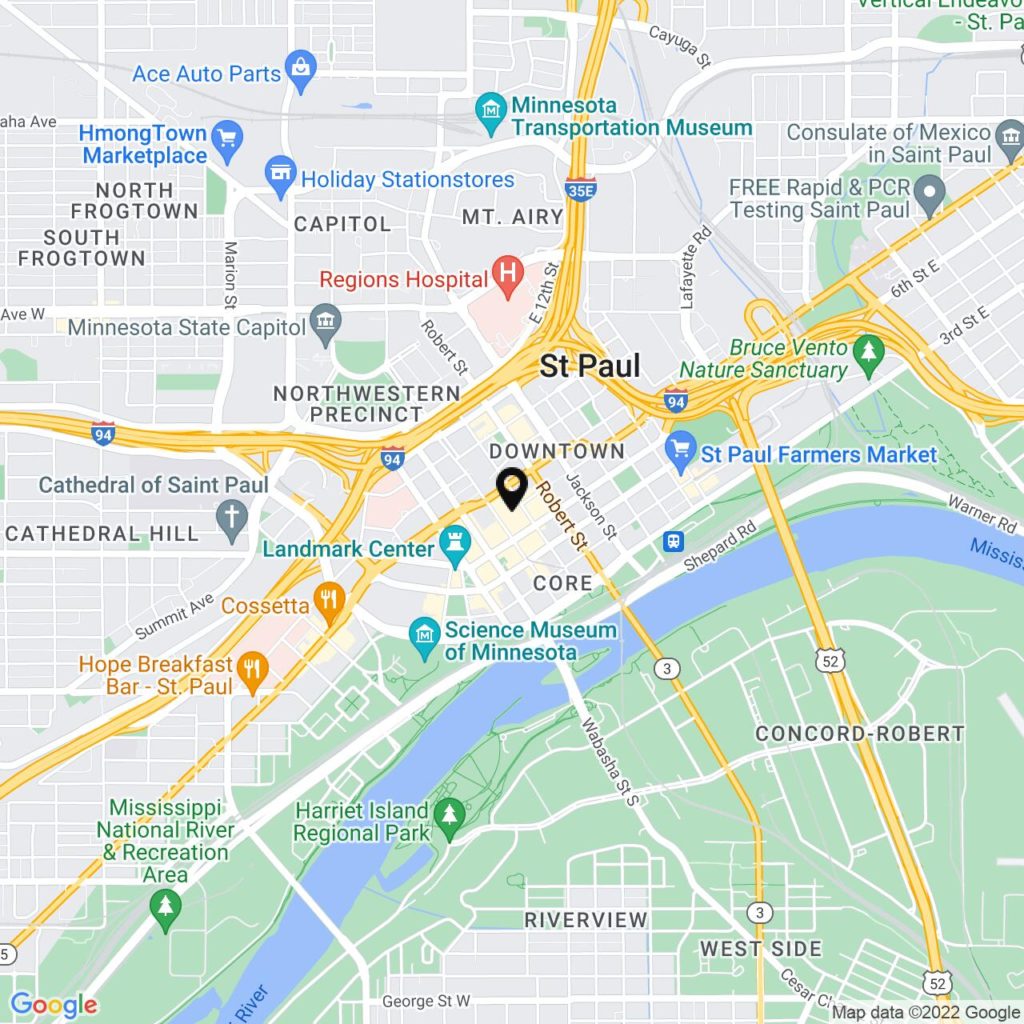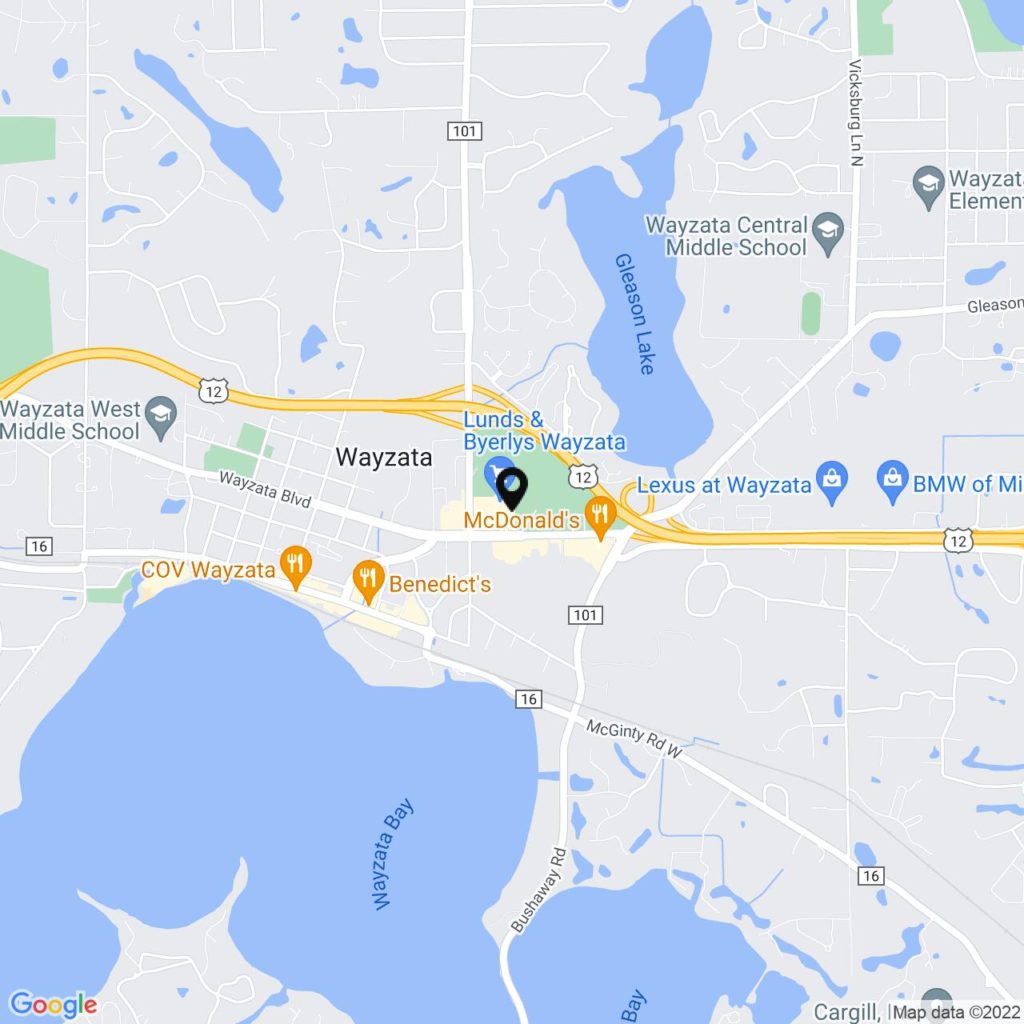The Different Types of Adoption: Finding the Right Path for Your Family
Adoption can be a wonderful way to grow your family, and Minnesota offers several paths for prospective parents. From domestic and international adoptions to adopting through the foster care system, understanding the differences and requirements for each type can help you choose the adoption path that best fits your needs and values.
In this post, we’ll explore the key types of adoption in Minnesota, including the legal requirements and processes involved.
Domestic vs. International Adoption
Domestic Adoption
Domestic adoption involves adopting a child within the United States. In Minnesota, this can be done through private agencies, public agencies, or by working directly with the birth parents.
Pros:
-
-
- Shorter travel requirements.
- More opportunities to maintain ongoing relationships with birth families, especially in open adoptions.
- Access to health and background information on the child.
-
Cons:
-
-
- Domestic adoption can sometimes involve lengthy wait times, particularly for newborns.
- Costs can vary significantly, depending on whether you’re adopting privately or through an agency.
-
Minnesota Requirements: In Minnesota, prospective adoptive parents must complete a home study (Minn. Stat. § 259.41), which includes background checks, personal interviews, and home safety evaluations. Minnesota adoption agencies often require adoptive parents to complete training as part of the home study process.
International Adoption
International adoption involves adopting a child from another country. This process is typically managed by a licensed adoption agency specializing in international adoptions.
Pros:
-
-
- Provides homes to children from underserved areas.
- Opportunity to adopt a child who may otherwise lack access to permanent family support.
-
Cons:
-
-
- Extensive paperwork, travel requirements, and high costs.
- Legal requirements vary by country, and navigating international laws can be complex.
- Possibility of less access to medical or family history information.
-
Minnesota Requirements: In addition to completing a Minnesota home study, parents adopting internationally must comply with U.S. Citizenship and Immigration Services (USCIS) requirements and may need to comply with the Hague Adoption Convention if the child’s country of origin is a member. International adoptions are often finalized both in the child’s home country and through Minnesota’s adoption court system (Minn. Stat. § 259.22).
Foster Care Adoption
Adopting through foster care can be a rewarding way to provide a permanent home for a child who may have faced challenges early in life. Minnesota’s foster care system seeks to place children in stable, loving homes when they cannot safely return to their biological families.
Pros:
-
-
- Often less costly than private or international adoption.
- Financial assistance and support services are available for many children adopted from foster care.
- Opportunity to provide a home to a child in need of stability and security.
-
Cons:
-
-
- Adopting through foster care can involve an unpredictable timeline, as efforts may first be made to reunite the child with their biological family.
- Some children may have special emotional or medical needs.
-
Minnesota Requirements: To adopt a child from Minnesota’s foster care system, prospective parents must meet the licensing requirements for foster care as outlined in Minn. Stat. § 245A.03. Minnesota offers adoption subsidies for children with special needs (Minn. Stat. § 259A.01), helping adoptive families cover medical or therapy expenses.
Open vs. Closed Adoption
When considering adoption, it’s essential to think about the level of contact you’re comfortable having with the birth family.
Open Adoption
Open adoption allows ongoing contact between the adoptive family, the child, and the birth parents. This can include scheduled visits, letters, or digital communication. Open adoption provides the child with a sense of identity, access to family medical history, and an understanding of their cultural background.
Pros:
-
-
- Children have access to birth family history and cultural heritage.
- Establishes a relationship with the birth family, which may provide additional support and connection for the child.
-
Cons:
-
-
- Requires clear boundaries and communication to manage relationships effectively.
-
Minnesota Requirements: While open adoption agreements are not legally enforceable in Minnesota, parents can enter into a Post-Adoption Contact Agreement to outline expectations for contact with the birth family (Minn. Stat. § 259.58).
Closed Adoption
Closed adoption involves no contact between the adoptive family and birth parents after the adoption is finalized. This option may suit families or birth parents who prefer privacy or wish to avoid potential emotional complexities.
Pros:
-
-
- Provides a clear, single-family environment for the child.
- No ongoing involvement with birth parents, which can simplify boundaries.
-
Cons:
-
-
- Limited access to family medical history or cultural background.
- Lack of information may lead to questions from the child about their heritage or family history.
-
Relative and Stepparent Adoption
Relative and stepparent adoptions occur when a child is adopted by someone with an existing family relationship, such as a grandparent, aunt, uncle, or stepparent. This option is often the best choice when children already have a bond with the relative or stepparent.
Relative Adoption
Relative adoptions can include both formal adoption by family members and guardianship arrangements.
Pros:
-
-
- Provides continuity and stability for the child within their family.
- May be easier to arrange, as there is often a pre-existing bond with the child.
-
Cons:
-
-
- Requires consideration of family dynamics and potential for conflict.
- Certain family members may need legal guardianship or parental rights terminated to proceed with adoption.
-
Minnesota Requirements: Minnesota law offers a streamlined process for relative adoption, often involving fewer legal barriers (Minn. Stat. § 259.24). However, a home study may still be required.
Stepparent Adoption
Stepparent adoption allows a stepparent to legally adopt their spouse’s child, creating a unified family unit and giving the stepparent full parental rights.
Pros:
-
-
- Helps solidify family bonds, providing the child with a legal parent-child relationship.
- Typically a simpler process since the stepparent already has a relationship with the child.
-
Cons:
-
-
- May require termination of the noncustodial parent’s rights, which can be emotionally complex.
-
Minnesota Requirements: Stepparent adoption in Minnesota requires the consent of the child’s other biological parent, unless that parent’s rights have already been terminated due to abandonment or other legal grounds (Minn. Stat. § 259.24).
Choosing the Right Adoption Path
Deciding which type of adoption is right for you depends on your family’s needs, values, and willingness to navigate the specific requirements of each option. Whether you choose domestic, international, foster care, or relative adoption, understanding Minnesota’s specific requirements is crucial to a smooth and successful process.
If you’re considering adoption in Minnesota, working with a family law attorney or a licensed adoption agency can provide the support and guidance you need. Every adoption journey is unique, and with the right preparation, you can find the path that best fits your family.
For more personalized guidance, contact our team—we’re here to help you every step of the way.

















